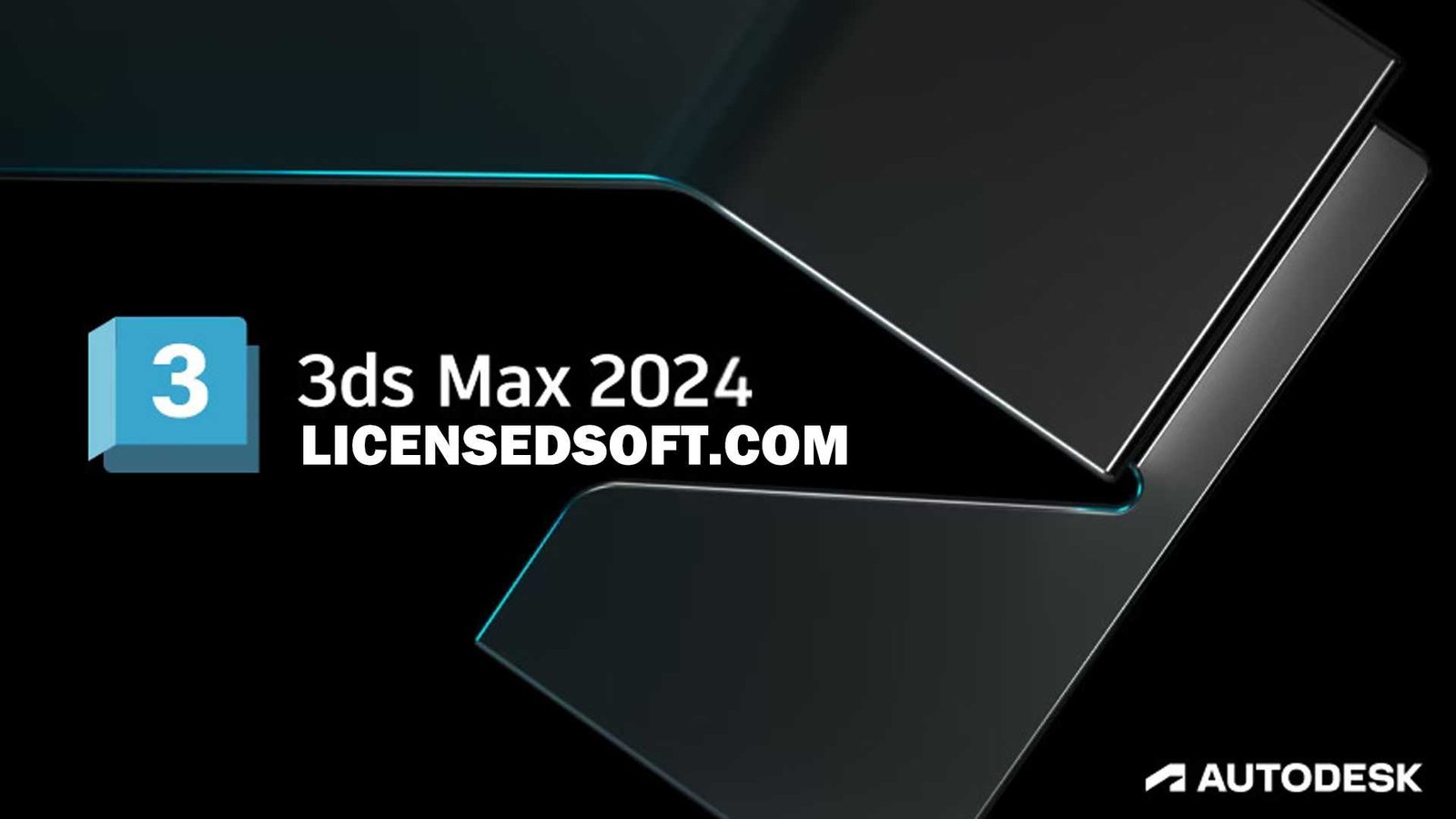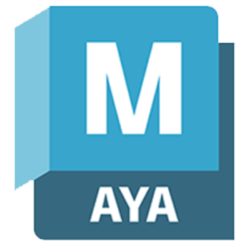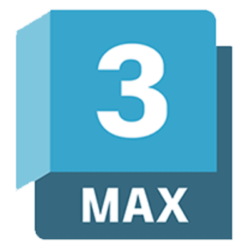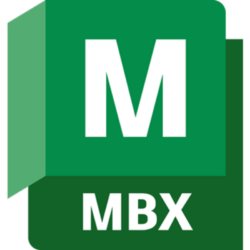Autodesk 3ds Max 2024 is a powerful 3D modeling and animation solution used by game developers, visual effects artists and graphic designers to create massive worlds, stunning scenes and immersive virtual reality (VR) experiences . Autodesk 3DS MAX, one of the most widely used 3D modeling and animation software programs in the industry, will provide users with a range of new features and tools to make their work more efficient and high-quality. The new 3ds Max 2024 release focuses on color and material management, enhanced modeling tools, and real-time workflows.
Autodesk 3dsMax 2024 Extreme Soaring Lite is a brand-new version of 3ds Max that has greatly simplified. Through analysis and deletion of irrelevant files, and an in-depth study of the 3ds Max registry, the runtime library has simplified, and plug-ins can installed optionally. 3DMAX has built-in presets. Other languages and other related files, the version you see now has not only greatly reduced in size, but also runs more smoothly, the operation is smooth, and you don’t have to worry about using it at all. The professional 3D animation design ability and performance are not affected. Impact, better user experience, easy installation, basically one-click installation, just replace the cracked file, and multi-language support, friends in need should not miss it! You can also get Autodesk 3DS Max 2024 by LicensedSoft.
Autodesk 3ds Max 2024 New Features:
1. Color management
OCIO-based color management is a technology preview that brings the benefits of modern color workflows, ensuring accurate color reproduction and compatibility across applications.
2. Boolean modifier: OpenVDB
The OpenVDB meshing method can generate topology-independent results from gap-free geometry, highlighting the interactivity of Boolean modifiers.
3. Array Modifier: Material ID Assignment
The Material ID rollout of the Array modifier now includes new parameters that can used to assign a material ID to clones on a per-face or per-element basis.
4. Array Modifier: Progressive Transformation
The Radial, Spline, and Phylogeny distribution methods now include a new Progressive method in the Transform rollout, allowing you to adjust incrementally from the first distribution to the last transform.
5. Transform List Controller
Multiple transform controllers can added to an object using the transform list. Animators can optimize and iterate on each controller individually before tweaking the blend for each animation transform.
6. Updated the motion path
Motion path visualization and editing is now available for more controller types.
7. Slate material editor
The 2024 version of the Slate Material Editor has revamped, with optimizations and customization enhancements to improve material editing workflows.

8. Added a search filter in the “Modifier List”
The list of modifiers has updated to searchable.
9. The default axis for the Symmetry modifier
The default Mirror Axis for the Symmetry modifier is now X to better align with artist workflows.
10. STL performance improvement
Faster STL import: Importing STL files is now up to 10,000 times faster. The “Import STL File” dialog has also updated to make the distinction between the two Welding Options clearer: “Quick Welding” is now named “Same Only”.
Speed up processing with the “STL Check” modifier: Checking dense meshes is now up to 5000% faster. See “STL Check” modifier.
11. “Auto smooth” performance improvement
Using AutoSmooth is now at least 10% faster when using the Edit Mesh modifier or the Editable Mesh base object. For more information on AutoSmooth, see Smooth modifier.
12. “Material” modifier update
Now, when a Material modifier is applied to a spline object, it remains a spline object rather than converting to a mesh-like object, allowing other spline-based modifiers to further affect and adjust this object.
The Material modifier now preserves the explicit normals when applied to the mesh.
13. Spline welding improvement
The following updates improve the accuracy and quality of results generated by spline welding operations:
When performing spline vertex welding, target vertices are now accurately welded to the target.
When performing a spline extrusion (hold down the Shift key and drag with the left mouse button)
14. Improved re-triangulation with Edit Poly and Editable Poly
The enhanced re-triangulation algorithm introduced in 3ds Max 2023.2 for Editable Poly objects is now also used the Edit Poly modifier. The following improvements have also made:
New faces generated when performing Editable Poly > Cap or Edit Poly > Cap no longer remain unsmoothed.
When using the Editable Poly object or the Edit Poly modifier, the following operations now use the retriangulation algorithm to produce better geometric results: face splitting by interpolating edges, slicing, cutting, bridging, vertex extrusion, side extrusion.
15. On-demand Revit and Inventor interoperability
Starting with 3ds Max 2024, Autodesk Revit Interoperability and Autodesk Inventor Interoperability are no longer installed with the 3ds Max installer. These interoperability components are now installed on-demand when first importing a Revit or Inventor model into 3ds Max.
For more information, see On-Demand Installation for Revit and Inventor Import.
Note: You can continue to work in 3ds Max while the Autodesk Interoperability Engine is installed. Once installed, Revit or Inventor models can imported without restarting 3ds Max.
16. ATF Importer
The Autodesk Transformation Framework (ATF) importer for 3ds Max now supports NX 2026.
17. Arnold for 3ds Max 5.6.0.100
3ds Max ships with MAXtoA 5.6.0.100 for Arnold 7.1.4, which introduces various bug fixes, including improved texture workflows.
18. Substance 2.4.10
Autodesk 3ds Max 2024 ships with Substance 2.4.10.




